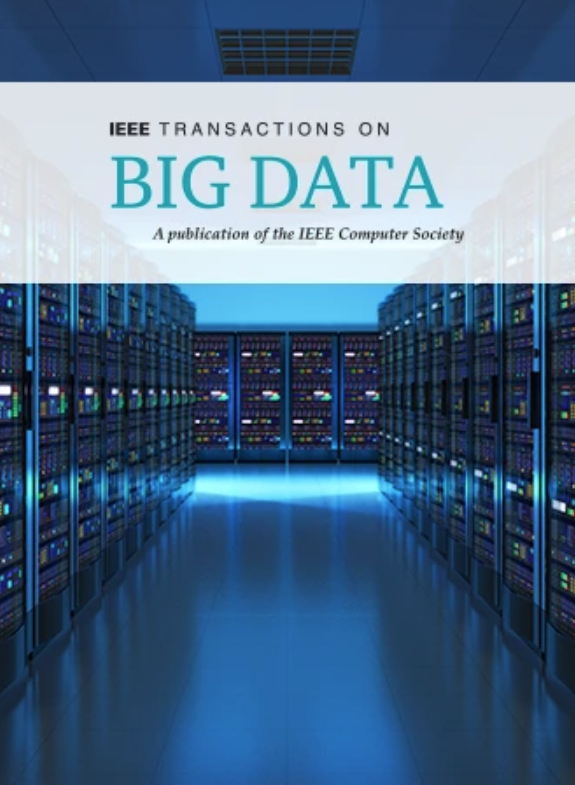Stable Learning via Dual Feature Learning
IF 5.7
3区 计算机科学
Q1 COMPUTER SCIENCE, INFORMATION SYSTEMS
引用次数: 0
Abstract
Stable learning aims to leverage the knowledge in a relevant source domain to learn a prediction model that can generalize well to target domains. Recent advances in stable learning mainly proceed by eliminating spurious correlations between irrelevant features and labels through sample reweighting or causal feature selection. However, most existing stable learning methods either only weaken partial spurious correlations or discard part of true causal relationships, resulting in generalization performance degradation. To tackle these issues, we propose the Dual Feature Learning (DFL) algorithm for stable learning, which consists of two phases. Phase 1 first learns a set of sample weights to balance the distribution of treated and control groups corresponding to each feature, and then uses the learned sample weights to assist feature selection to identify part of irrelevant features for completely isolating spurious correlations between these irrelevant features and labels. Phase 2 first learns two groups of sample weights again using the subdataset after feature selection, and then obtains high-quality feature representations by integrating a weighted cross-entropy model and an autoencoder model to further get rid of spurious correlations. Using synthetic and four real-world datasets, the experiments have verified the effectiveness of DFL, in comparison with eleven state-of-the-art methods.通过双特征学习实现稳定学习
稳定学习的目的是利用相关源领域的知识来学习一种能够很好地泛化到目标领域的预测模型。稳定学习的最新进展主要是通过样本重加权或因果特征选择来消除不相关特征和标签之间的虚假相关性。然而,现有的大多数稳定学习方法要么只是弱化部分伪相关,要么丢弃部分真因果关系,导致泛化性能下降。为了解决这些问题,我们提出了用于稳定学习的双特征学习(Dual Feature Learning, DFL)算法,该算法包括两个阶段。阶段1首先学习一组样本权值来平衡每个特征对应的实验组和对照组的分布,然后使用学习到的样本权值来辅助特征选择来识别部分不相关的特征,从而完全隔离这些不相关特征与标签之间的虚假关联。阶段2首先利用特征选择后的子数据集再次学习两组样本权值,然后通过加权交叉熵模型和自编码器模型相结合得到高质量的特征表示,进一步去除虚假关联。使用合成数据集和四个实际数据集,实验验证了DFL的有效性,并与11种最先进的方法进行了比较。
本文章由计算机程序翻译,如有差异,请以英文原文为准。
求助全文
约1分钟内获得全文
求助全文
来源期刊

IEEE Transactions on Big Data
Multiple-
CiteScore
11.80
自引率
2.80%
发文量
114
期刊介绍:
The IEEE Transactions on Big Data publishes peer-reviewed articles focusing on big data. These articles present innovative research ideas and application results across disciplines, including novel theories, algorithms, and applications. Research areas cover a wide range, such as big data analytics, visualization, curation, management, semantics, infrastructure, standards, performance analysis, intelligence extraction, scientific discovery, security, privacy, and legal issues specific to big data. The journal also prioritizes applications of big data in fields generating massive datasets.
 求助内容:
求助内容: 应助结果提醒方式:
应助结果提醒方式:


